
National Geographic featured Art Center alumna Neeti Kailas’s award-winning device to detect hearing loss being tested on a baby at Vaani Vilas Hospital, Bangalore. Photo: ©Rolex Awards/ Ambroise Tézenas
From National Geographic to The Huffington Post; from stylish sensors for your fingernails to a design to detect deafness in newborns, Art Center’s students, faculty, staff and alumni are media headliners. Click a few of the links below to get a taste of recent coverage about diverse subjects including a mobile home tour through Detroit, origami art on speed, smart growth for future generations of artists and designers, the benefits of naps and much more.
- New York Times Magazine “It’s Official: The Boomerang Kids Won’t Leave”—Cover story featuring photo essay shot by alum Damon Casarez, who was also the subject of a Q&A published on the New York Times, the 6th Floor Blog “Under Cover: A ‘Boomerang Kid’ Documents His Generation.”
- GeekWire “’Sensor Salon’ brings LCD screens, 3-D printed objects and sensors to fingernails”—According to Geekwire, Microsoft Research’s Bill Buxton called the Graduate Media Design student project “one of the best examples he has seen that ‘designers think differently than computer scientists.’”
- National Geographic “Rolex Awards for Enterprise Granted to 2014 Young Laureates”—Highlights alum Neeti Kailas’s award-winning device to test newborns in India for deafness.
- Los Angeles Times “Art Center College of Design builds toward the future”—Features Art Center’s acquisition of South Arroyo property and plans to build student housing, including quotes from Art Center President Lorne Buchman, Associate Chair of Illustration Aaron Smith and current students.
- The New York Times “In Time-Lapse Videos, the Magic Unfolds”—Review of ‘Folded’ exhibition in the Williamson Gallery on the Hillside Campus.
- The Huffington Post “From the Garage to the Front Lines of Social Innovation: Learning From the Less Visible Traits of Intrapreneurs”—Article written by Mariana Amatullo, co-founder and vice president of Designmatters
- Outlook Pasadena “Davidson Set for Third Term Leading Art Center Board”—Profile of Robert C. Davidson Jr.
- Cinema Without Borders “Mike Kelley’s Mobile Homestead and Panel”—Features the screening of Mike Kelley’s Mobile Homestead Video and Panel Discussion.
- The Huffington Post “Art Center College Of Design Opens Nap Room To Combat Student Exhaustion”—Highlights Art Center’s offerings for students’ well-being, including the nap room, dog therapy, chair massages, yoga and basketball tournaments.
- Industrial Designers Society of America “Meet the 2014 Winners”—Art Center students are among the top winners as IDSA’s International Design Excellence Awards.
- Fast Co. Create “Learning In The Flesh: Why Disney Sends Its Animators To Life Drawing Classes”—Mentions faculty member Bob Kato’s Drawing Club.
- The Hollywood Reporter “Throwback Thursday: Michael Bay Scored With ‘Pearl Harbor’ in 2001”—Highlights career of alum Michael Bay.
- Wheels.ca “Hyundai Genesis designer started with interior concepts for auto supply company”—Highlights faculty member John Krsteski’s design of the Hyundai 2015 Genesis.

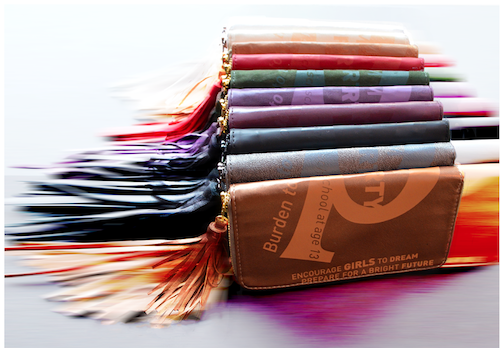
 “I founded By SaeRi, Inc. to tell the stories of amazing human lives through my design,” says Dobson, who produces several lines of handmade bags and wallets ranging from bright and funky to chic and understated. She donates 10% of her profits to Speak Up for the Poor, a non-profit supporting displaced Bangladeshi girls and women. “Each By SaeRi bag is one of a kind, designed and made entirely in the USA. I handpick all the materials and oversee the production process.”
“I founded By SaeRi, Inc. to tell the stories of amazing human lives through my design,” says Dobson, who produces several lines of handmade bags and wallets ranging from bright and funky to chic and understated. She donates 10% of her profits to Speak Up for the Poor, a non-profit supporting displaced Bangladeshi girls and women. “Each By SaeRi bag is one of a kind, designed and made entirely in the USA. I handpick all the materials and oversee the production process.”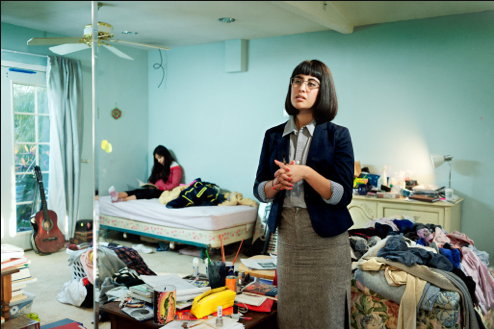
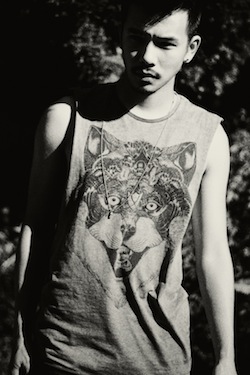
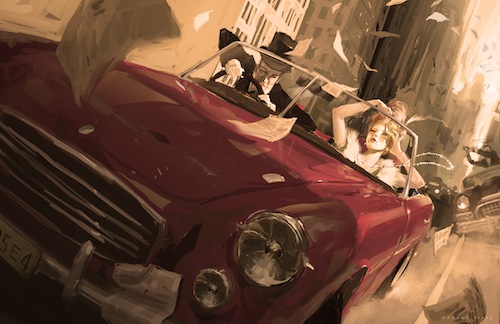
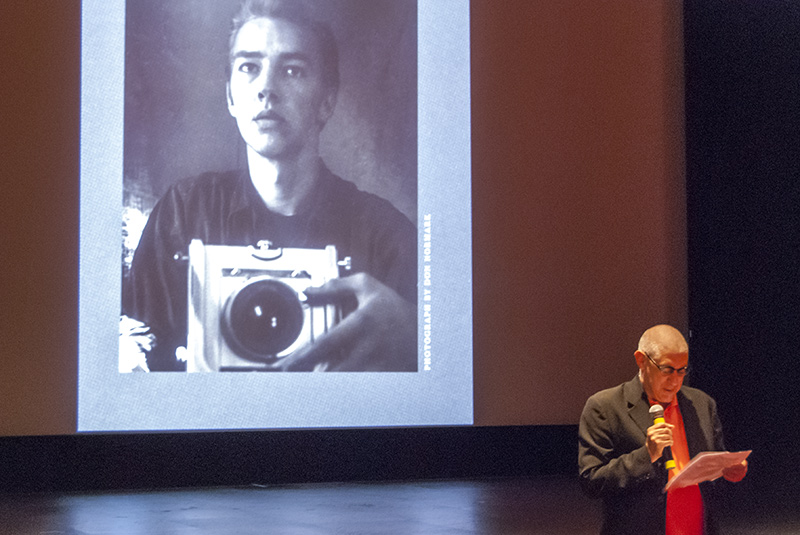
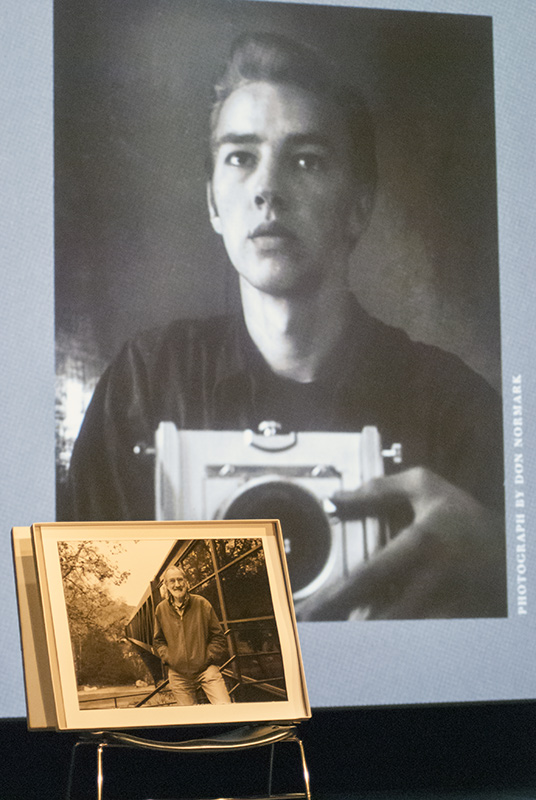
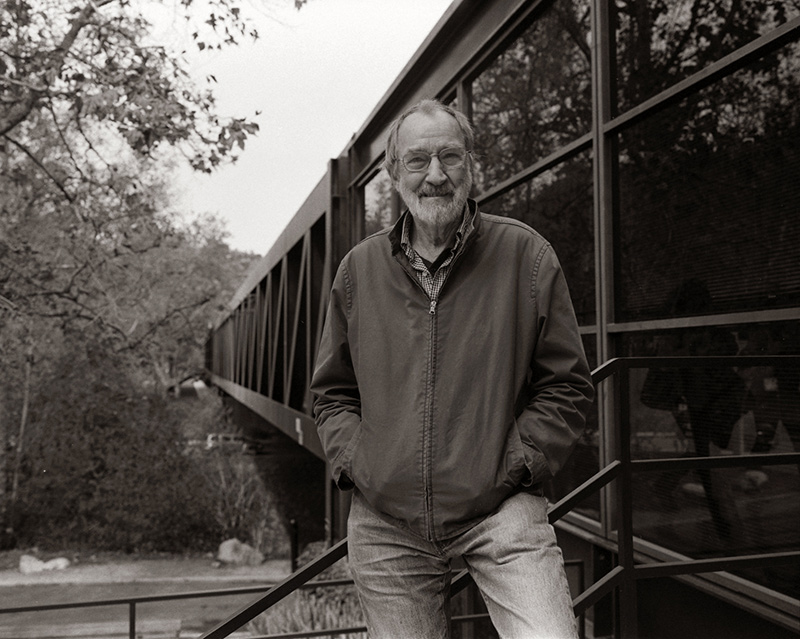
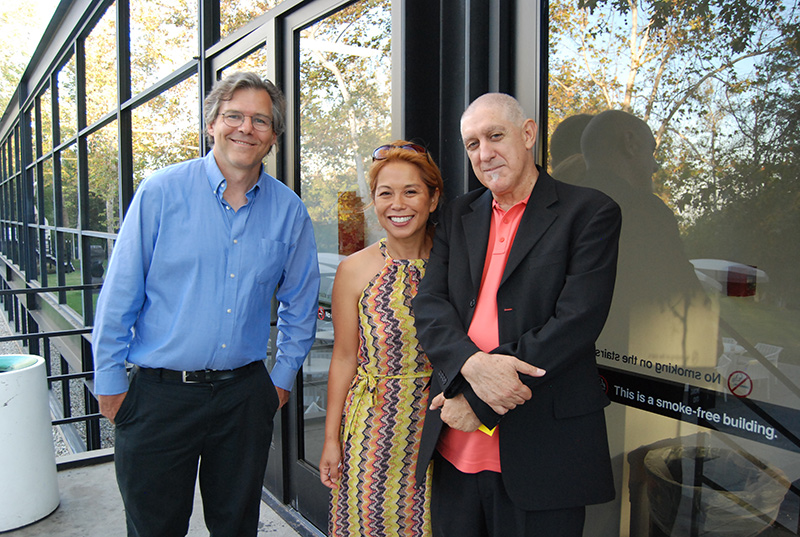
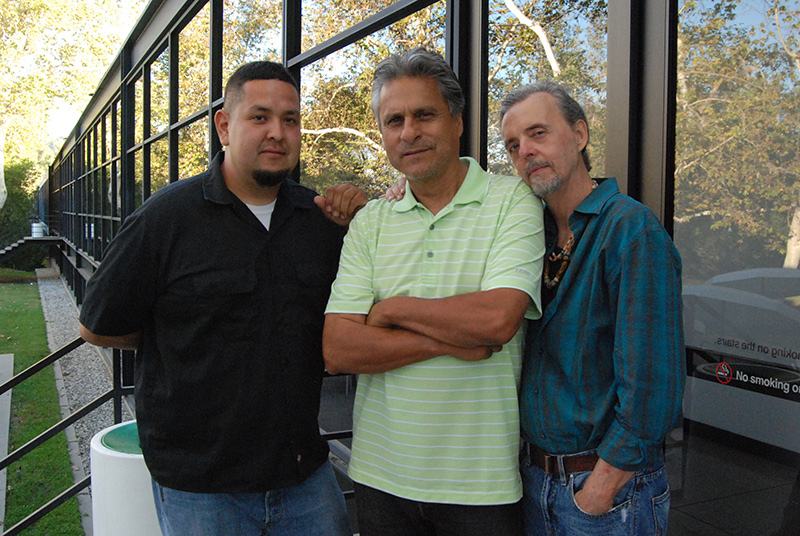
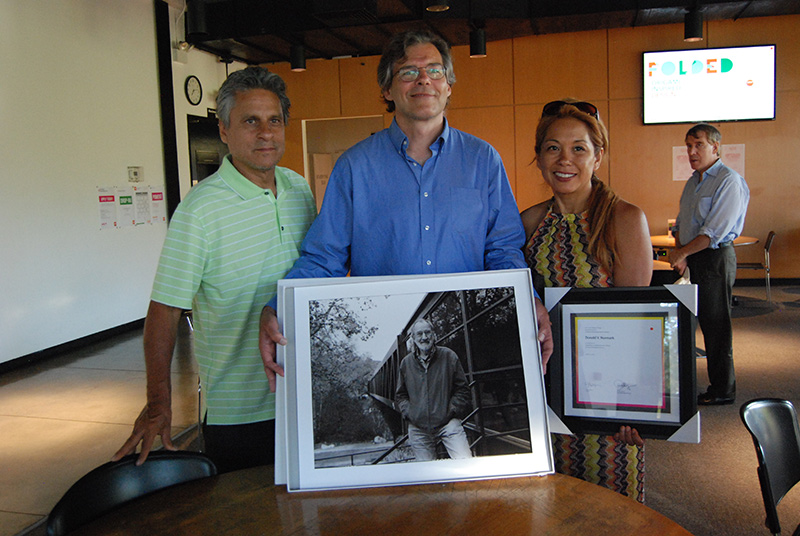
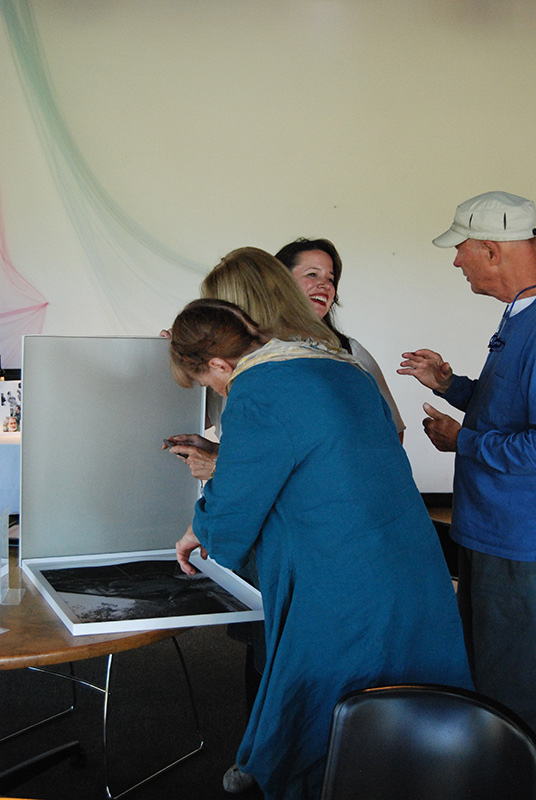
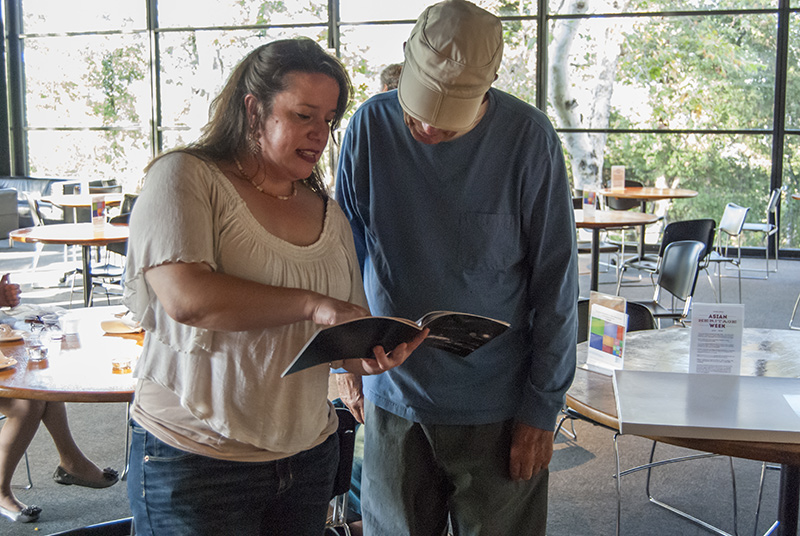
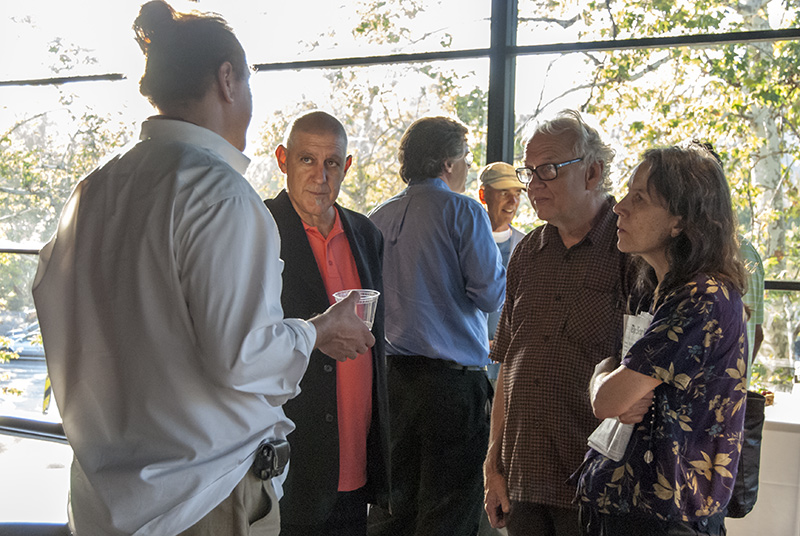
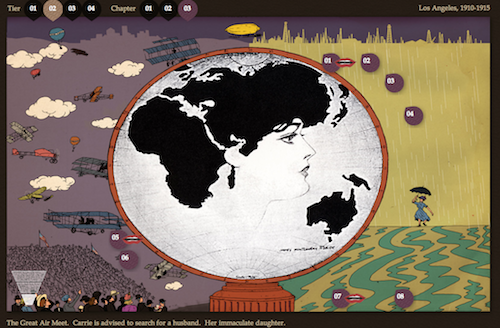
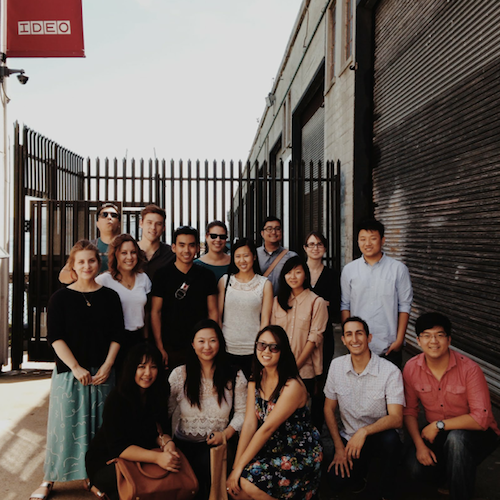 Hailing Uber cabs, grabbing a cup of the Bay Area’s finest coffee, snapping photos of Fisherman’s Wharf and meeting with some of the biggest design consultancies on the West Coast—it’s all in a day’s work for the the members of Art Center Business Club.
Hailing Uber cabs, grabbing a cup of the Bay Area’s finest coffee, snapping photos of Fisherman’s Wharf and meeting with some of the biggest design consultancies on the West Coast—it’s all in a day’s work for the the members of Art Center Business Club.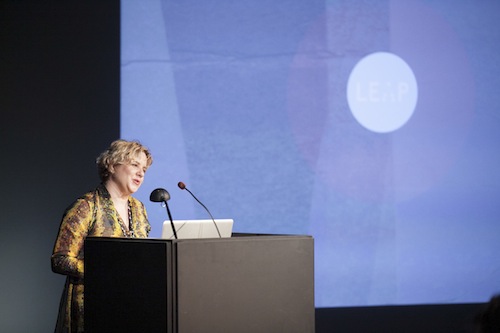
 The Institute also named 2001 Art Center alumnus Safir Bellali, Design Innovation director for Vans, to its incoming class of
The Institute also named 2001 Art Center alumnus Safir Bellali, Design Innovation director for Vans, to its incoming class of